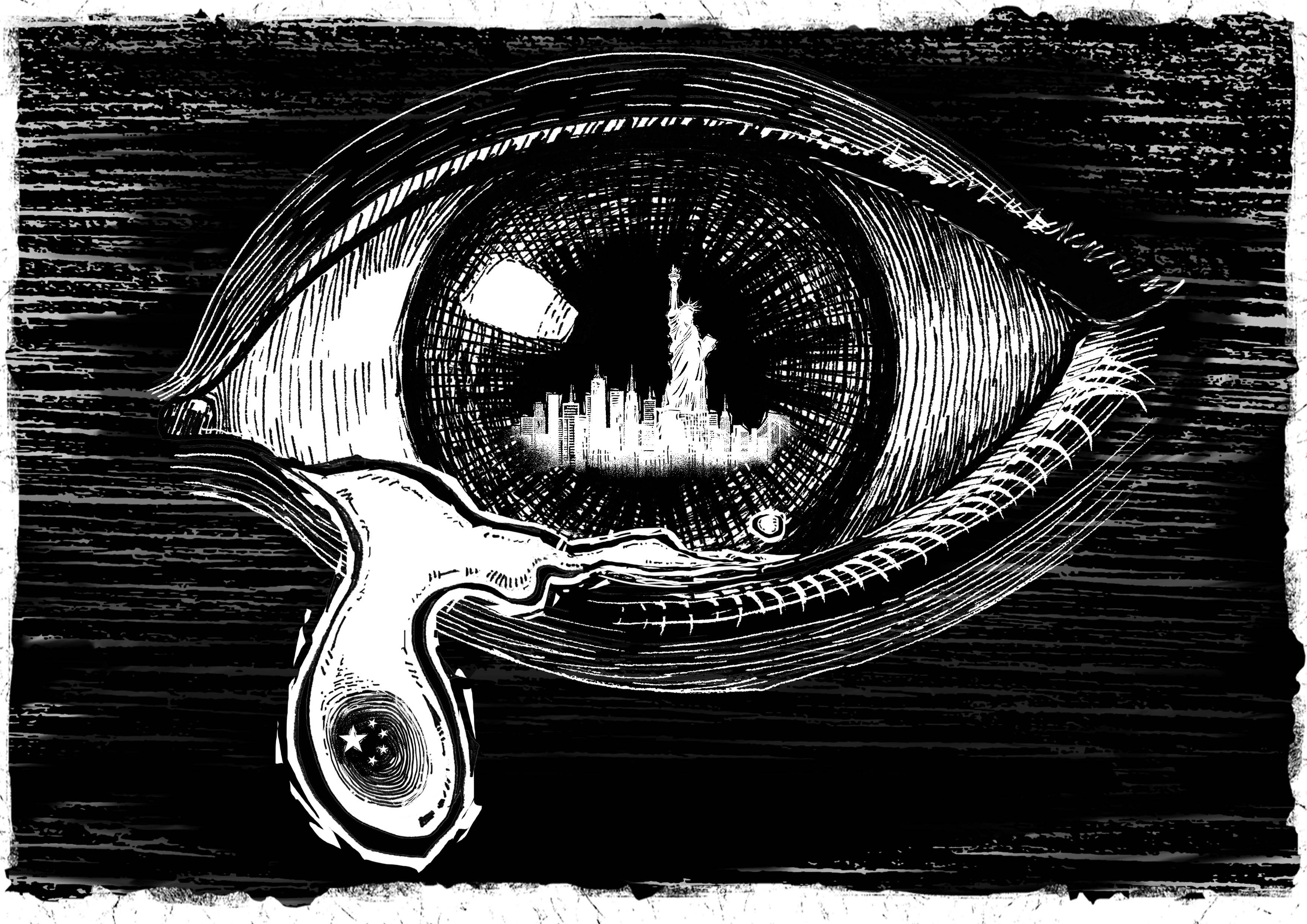Advertisement
Advertisement
Tiananmen Square
China was gripped by a pro-democracy movement in 1989, triggered by the death of reformist ex-leader Hu Yaobang. Mass street protests, weeks-long sit-ins and hunger strikes at Tiananmen Square by students and residents became the order of the day as demonstrators complained about corruption and demanded greater democracy as well as government transparency. The social unrest culminated in a brutal military crackdown on June 4 ordered by Beijing that effectively ended the movement and continues to be the subject of great controversy to this day.
Updated: 08 Sep, 2020
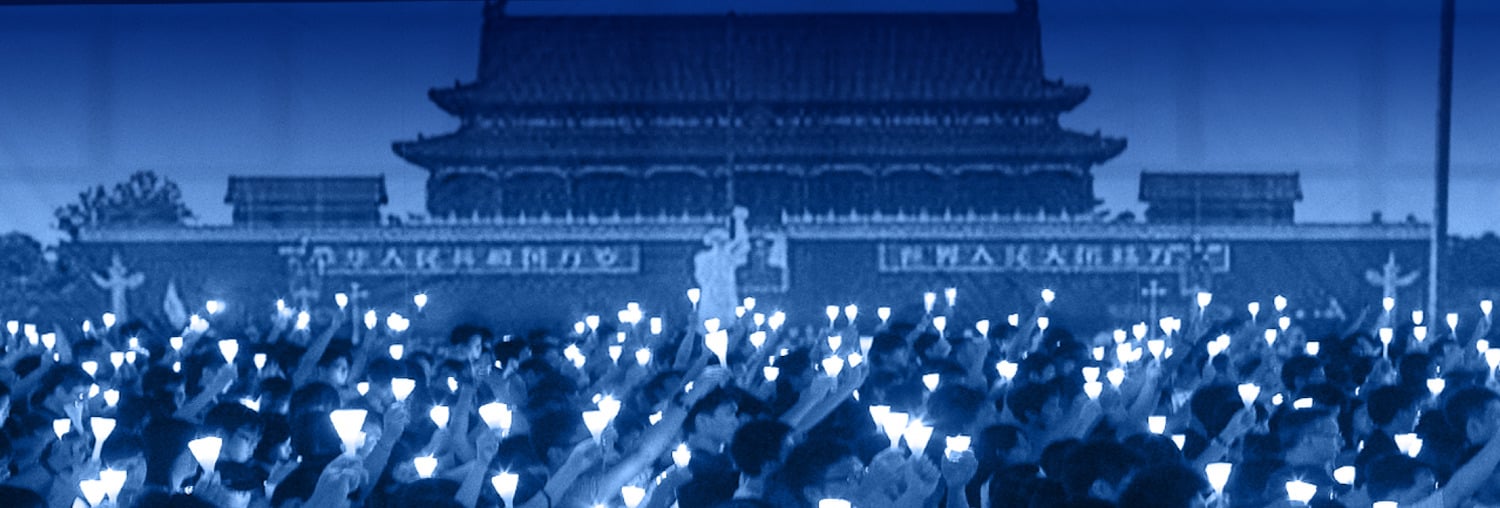
Advertisement
[1]
Why China stands by Tiananmen crackdown, 30 years on
Appeals to China’s Communist leaders to reassess the events of 1989 have fallen on deaf ears.
19 May, 2019
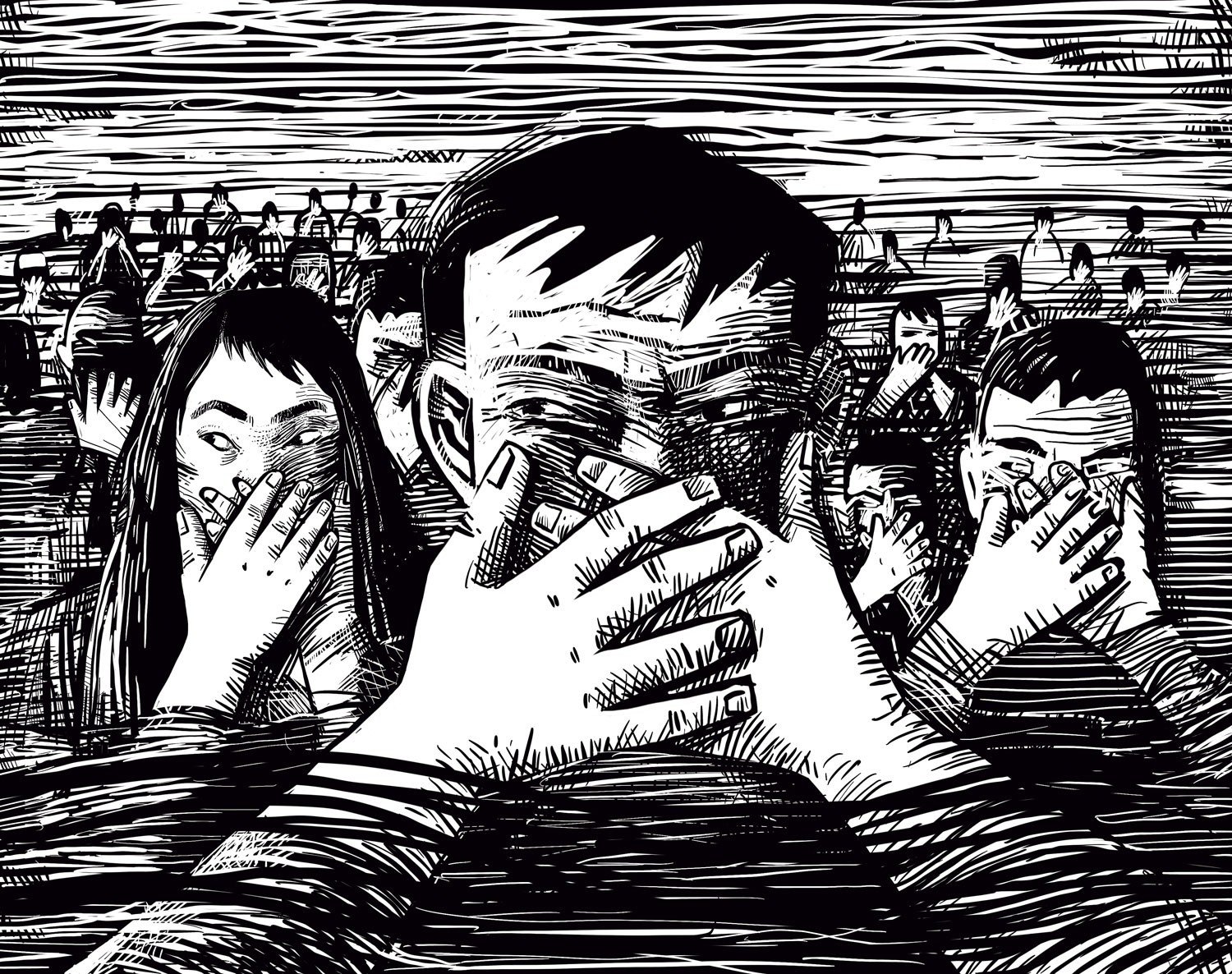
Advertisement
Advertisement
[2]
Exclusive | Cost of sweeping Tiananmen crackdown under the carpet
For 30 years the Communist Party has refused to revisit June 4, doubling down against calls to check its power. But its long-term authoritarian survival strategy raises big risks of its own.
21 May, 2019
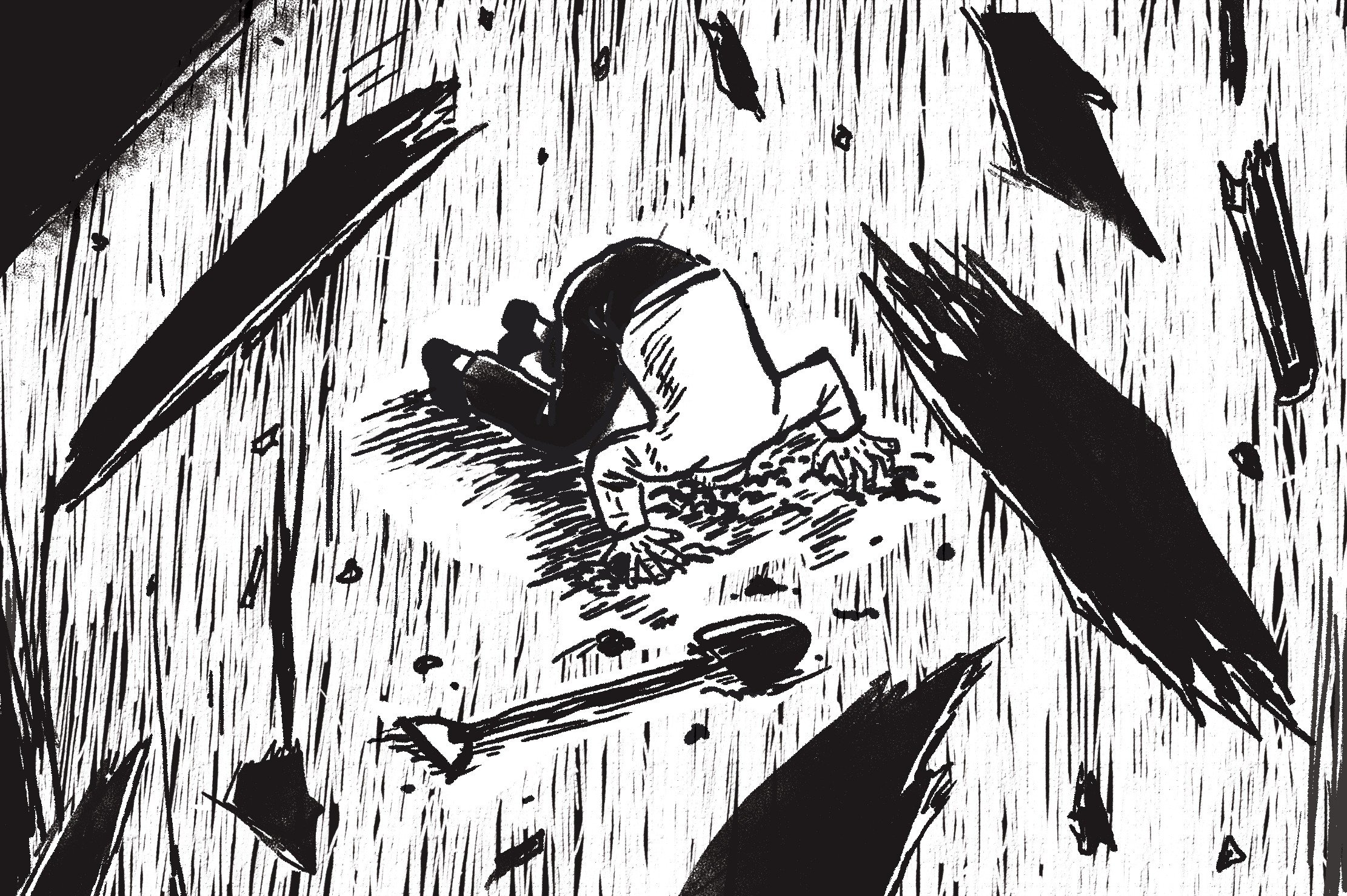
[3]
Why Tiananmen crackdown casts shadow over Hong Kong politics
The scale and nature of the crackdown in Tiananmen Square changed everything for Hong Kong, ending talk of developing democracy, and an open election of the city’s leader.
24 May, 2019
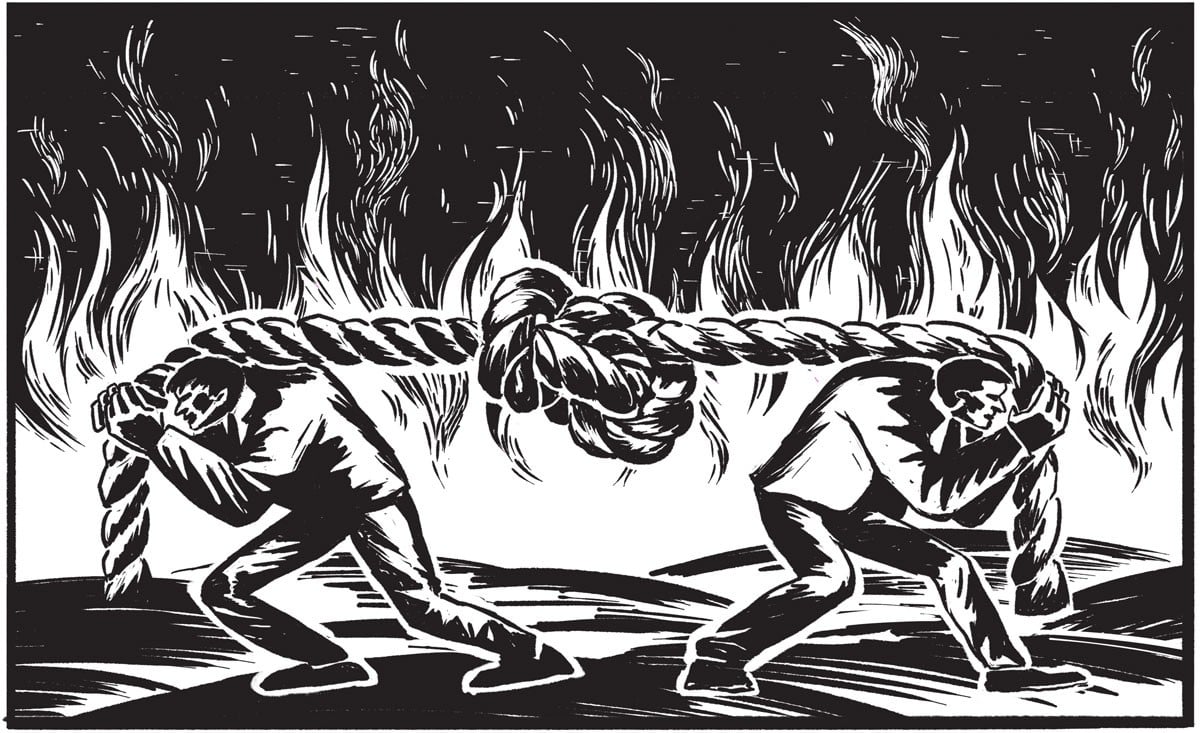
[4]
Why China’s youth don’t talk about Tiananmen
Censorship, silence and time have created a gulf between the young people who witnessed the crackdown 30 years ago and those who came after them.
26 May, 2019
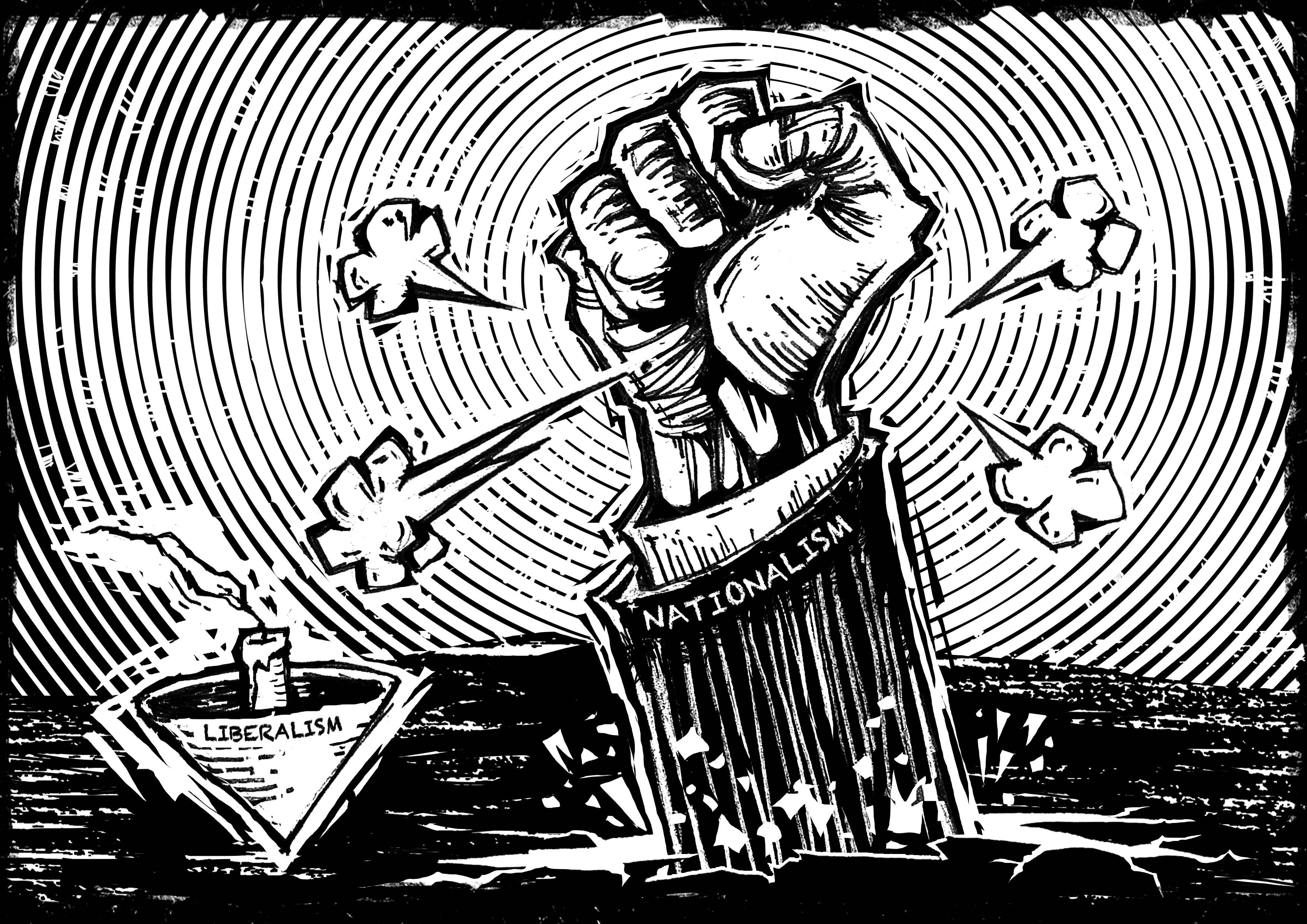
[5]
How Hong Kong has kept the June 4 flame alive for 30 years
The events of 1989 profoundly affected people in Hong Kong, then still a British colony. But now, younger residents are less bothered about commemoration, focusing instead on political concerns closer to home.
29 May, 2019
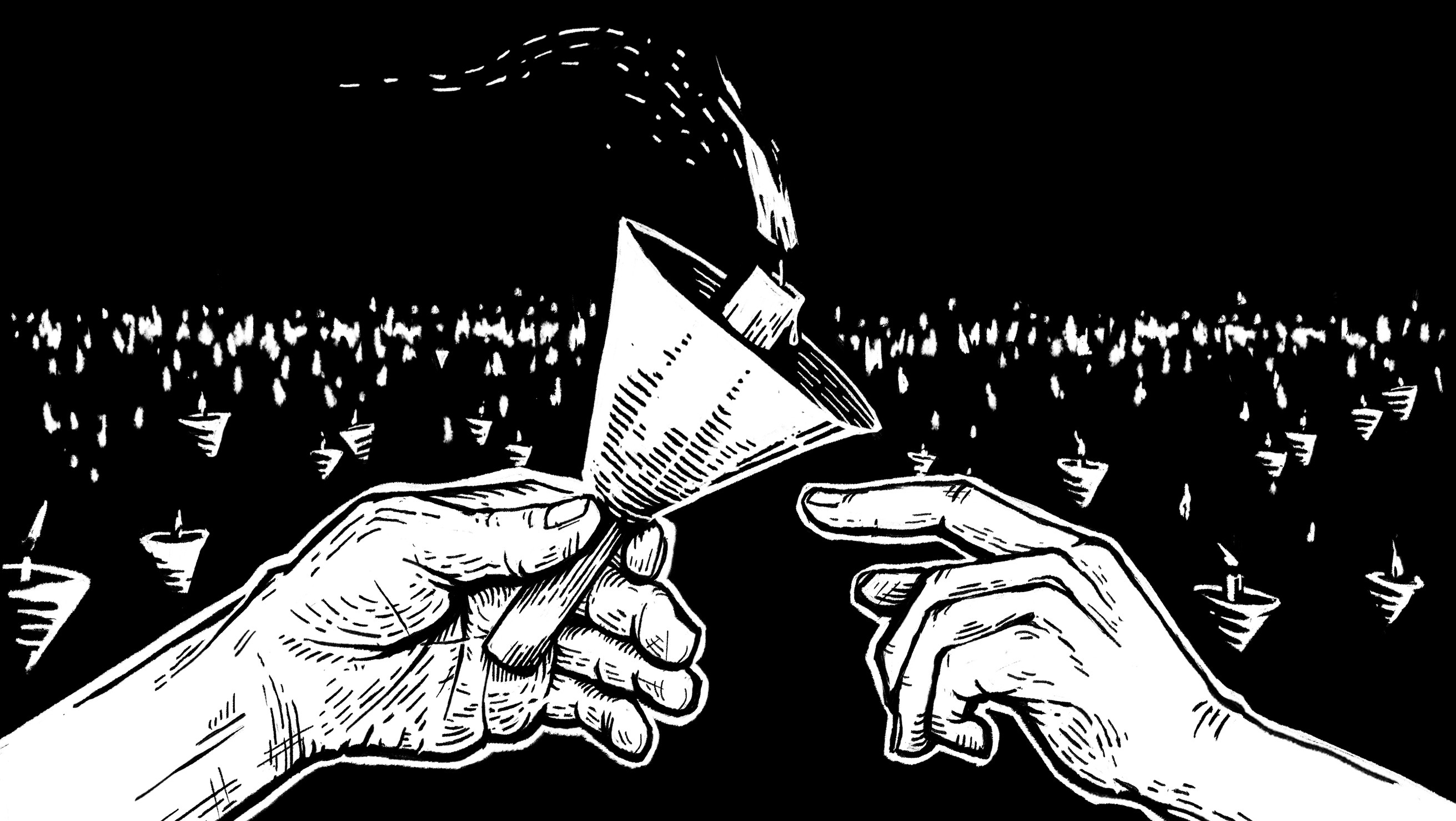
[6]
What became of Tiananmen Square dissidents after crackdown?
Separated from their families and unable to reach their potential, the brightest and best set out to remember the events of June 4, 1989, and promote democracy on the mainland from overseas, but time has led to disarray and infighting in the ranks.
30 May, 2019
